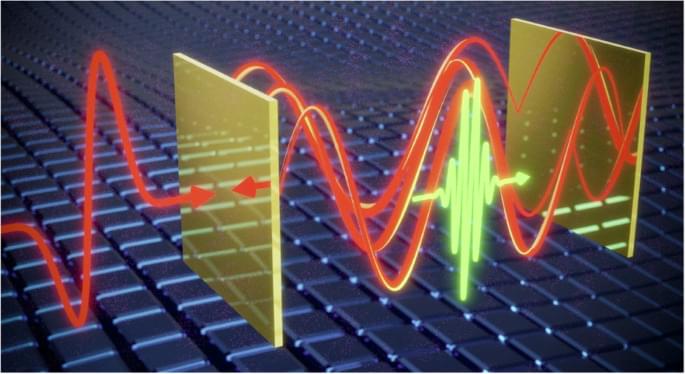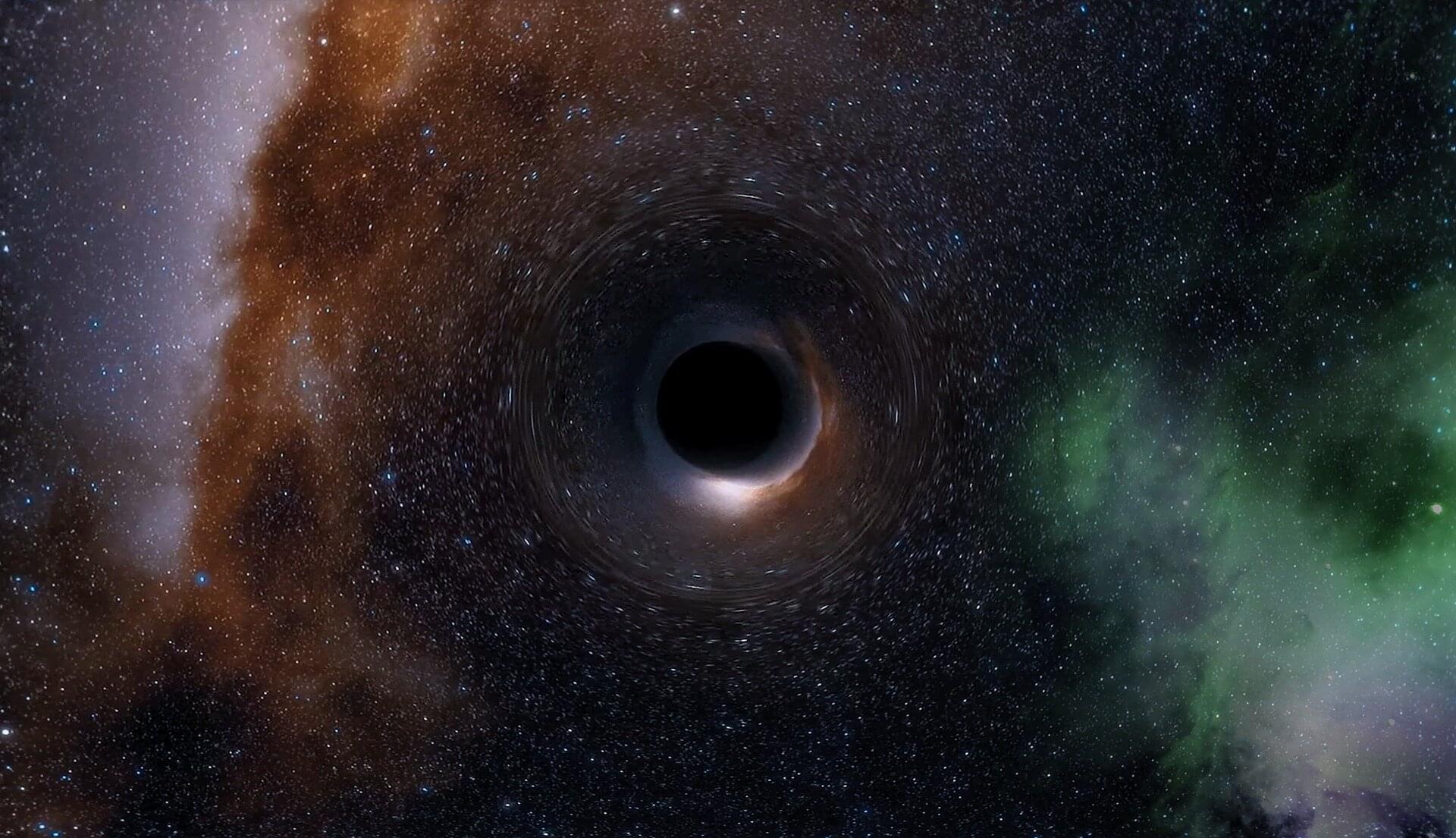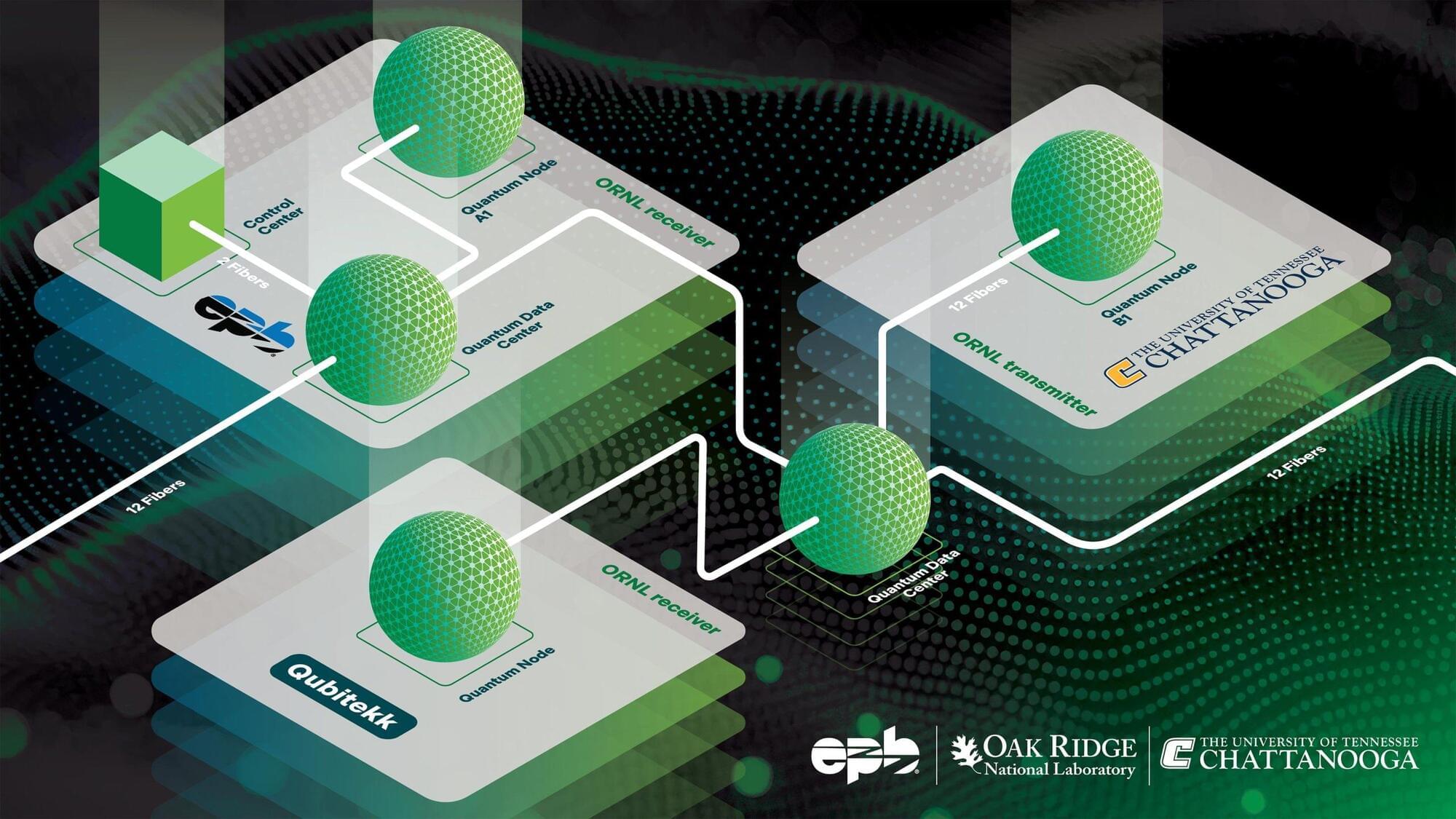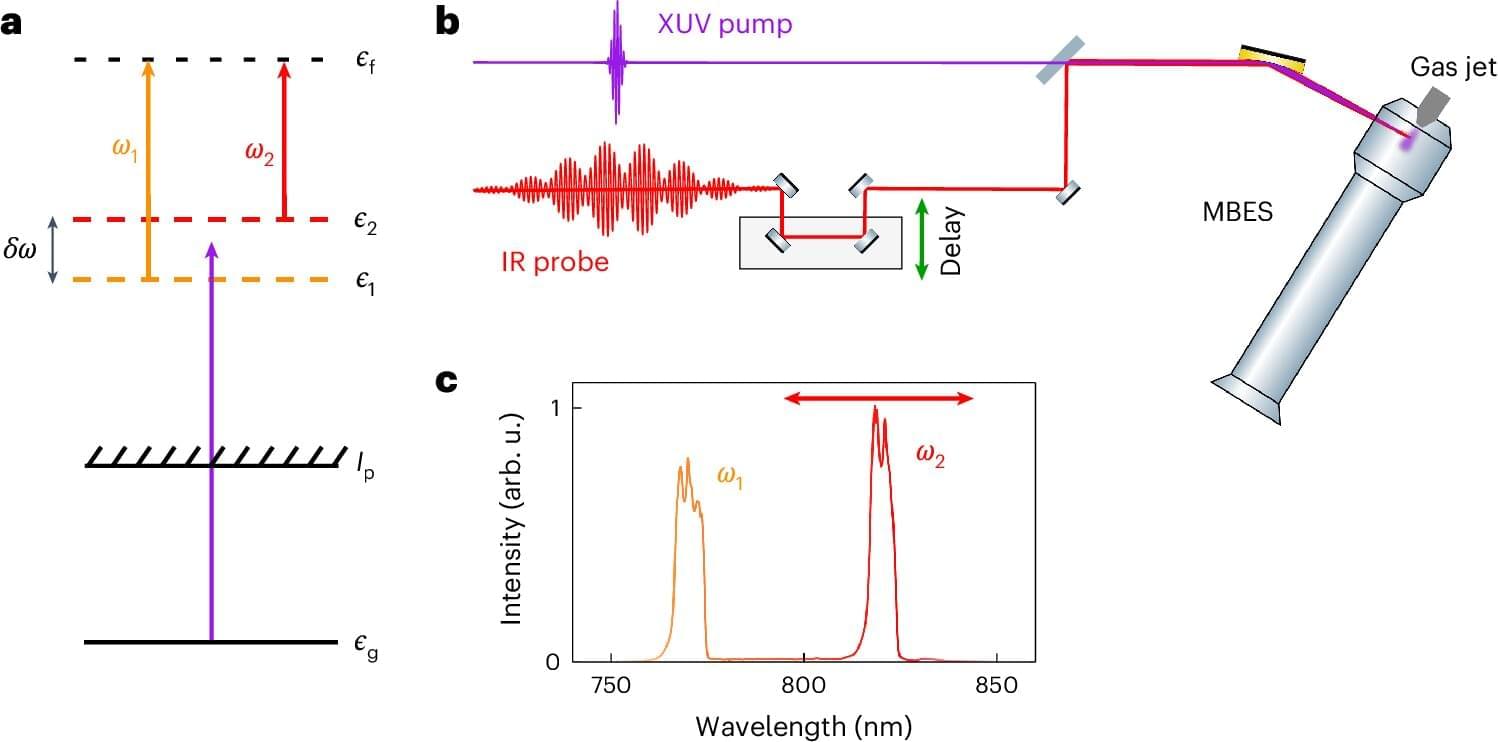A comprehensive video explaining quantum gravity.
Here I discuss EPR or ER and discuss three experiment. Here I took information from professor Leonard Susskind lectures note book and some idea is taken from physics books notes.
A comprehensive video explaining quantum gravity.
Here I discuss EPR or ER and discuss three experiment. Here I took information from professor Leonard Susskind lectures note book and some idea is taken from physics books notes.


John Preskill has been guiding the growing quantum computing industry for decades, and now he has set a new challenge – to build a device capable of a million quantum operations per second, or a megaquop.

Our hybrid EOC design extends these concepts by providing continuous tunability and the potential for adding active samples for investigations of intra-cavity light-matter interactions. In the ‘empty’ hybrid cavity investigated here, we observe a rich mode structure, spurring development of both a field-based model to quantify these cavity modes and their properties, as well as a complementary coupled-oscillator description to gain further understanding of the delicate interplay between the various sub-cavities, which thereafter constitute the hybrid EOC modes. Our detailed analysis of these theoretical vantage points will be highly valuable when considering the addition of an active material, after which the hybrid cavity optical response will become even more intricate. Integration of active materials into hybrid EOCs will yield novel access to light-matter interactions—namely access to energy exchange on sub-Rabi-cycle timescales, and furthermore local probing and even control over tunable light-matter superposition—the latter two unavailable when viewed by conventional cavity transmission techniques. Potential ‘active materials’ for these in-situ investigations of tunable light-matter interactions include conventional polar semiconductors40—oftentimes displaying very large oscillator strengths—atomically-thin monolayers or heterostructures ofion-metal dichalcogenides41, hybrid organic-inorganic 3D21,42 and 2D lead-halide perovskites43,44, and novel, magnetically-ordered systems45.
Implementation of EO sampling inside of THz cavities will also significantly advance further areas of contemporary research. As a prominent example, field-resolved probing inside a defined electromagnetic cavity will provide novel opportunities for measurements of electromagnetic vacuum field fluctuations46,47. Most notably, a high-quality factor EOC constitutes an advantageous testing ground for measurement of quantum vacuum fluctuations, by efficiently excluding sources of external radiation. Moreover, EOCs are not limited to either macroscopic environments or the THz spectral region. Although EO sampling is routinely employed up to the mid-IR spectral region9, it has recently been extended even into the visible range48, allowing for future broadband measurements of intra-cavity electric fields. Similar sampling techniques have been used to sample electric fields inside of metallic antenna-based cavities49,50, demonstrating that although on-chip photonic implementations lack the dynamic tunability, the general technique is readily implemented in other near-field contexts, including even tip-based nano-photonic applications51. Furthermore, EOCs utilizing quartz are uniquely suited candidates for chiral THz cavity phenomena52, due to quartz’s capability for straightforward and rapid measurement of vectorial electric field trajectories34.
In conclusion, we have established versatile and compact designs for a new class of active THz cavities, which allow for in-situ retrieval of intra-cavity electric fields. By developing a cavity-correction function formalism for these EOCs, we have demonstrated a rigorous and reliable method to extract absolute fields in a quantitative, and phase-resolved manner. Utilizing straightforward fabrication techniques, we tune the cavities’ quality factors and resonance frequencies. Furthermore, we have introduced a hybrid EOC, offering continuously-tunable cavity modes across the entire THz-frequency range, within a single device. This fundamental advancement lays the groundwork for accommodating additional active materials for in-situ measurement of and control over light-matter coupling. We understand the rich hybrid mode structure, including apparent signatures of strong coupling, via cavity-field and coupled-oscillator formalisms, which will be key to deciphering signatures of light-matter coupling in more complicated devices. Therefore, this work opens new dimensions of THz cavity physics, particularly in the realms of cavity-controlled ground-and excited state material properties. This includes possibilities such as cavity-enhanced THz emission, selectively-driven Floquet states53, and cavity-controlled nonlinear THz driving15,54, thus paving the way for comprehensive investigations of THz cavity quantum electrodynamics.

Quantum computers have the potential to revolutionize technology by solving complex calculations and computations that are difficult, if not impossible, for traditional computers. One major roadblock, however, is instability—quantum states can be easily disrupted by “noise” from their surrounding environments, causing errors in the systems. Overcoming instability is important in creating effective and reliable quantum computers and other quantum technologies.
Researchers at the University of Rochester—including John Nichol, an associate professor in the Department of Physics and Astronomy—have taken a key step toward reducing instability in quantum systems, by focusing on an elusive state called a nuclear-spin dark state. Although scientists have long suspected that the nuclear-spin dark state could exist, they haven’t been able to provide direct evidence of it—until now.
“By directly confirming the existence of the dark state and its properties, the findings not only validate decades of theoretical predictions but also open the door to developing more advanced quantum systems,” Nichol says.

Traditional black holes, as predicted by Albert Einstein’s theory of General Relativity, contain what are known as singularities, i.e., points where the laws of physics break down. Identifying how singularities are resolved in the context of quantum gravity is one of the fundamental problems in theoretical physics.
Now, a team of experts from the Institute of Cosmos Sciences of the University of Barcelona (ICCUB) has described for the first time the creation of regular black holes from gravitational effects and without the need for the existence of exotic matter required by some previous models.
This discovery, published in the journal Physics Letters B, opens up new prospects for improving our understanding of the quantum nature of gravity and the true structure of space-time.

Their new stabilization method overcomes disruptions, keeping the network running smoothly and securely.
Quantum Breakthrough: First Entangled Signal Over Commercial Network
Researchers from the Department of Energy’s Oak Ridge National Laboratory (ORNL), EPB of Chattanooga, and the University of Tennessee at Chattanooga have successfully transmitted an entangled quantum signal over a commercial fiber-optic network. This achievement marks the first time multiple wavelength channels and automatic polarization stabilization have been used together — without any network downtime.
A comprehensive video explaining quantum gravity.
HD 20,794D, An Earth like planet orbits a sun like star just 20 light years away. Watch and learn more.
GoldBacks from Galactic/Green Greg’s affiliate link:
https://www.defythegrid.com/goldbacks… coupon code GreenGregs for 1% off Outstanding Antioxidant for Your Health: https://shopc60.com/ Use discount code: GreenGregs10 for 10% off Inspire your kids to love science! SAVE 20% OFF New Science Kits Using Code: NEWKITSSAVE20 https://www.pntra.com/t/SENKTExNSUhDR… For gardening in your Lunar or Mars habitat GalacticGregs has teamed up with True Leaf Market http://www.pntrac.com/t/TUJGRklGSkJGT… Awesome deals for long term food supplies for those long missions to deep space (or prepping in case your spaceship crashes: See the Special Deals at My Patriot Supply: www.PrepWithGreg.com For that off-grid asteroid homestead stock up with Lemans before you blast off: https://www.pntrs.com/t/SENJR0ZOSk9DR…

For the first time, researchers have been able to measure the quantum state of electrons ejected from atoms that have absorbed high-energy light pulses. This is thanks to a new measurement technique developed by researchers at Lund University in Sweden. The results can provide a better understanding of the interaction between light and matter.
When high-energy light with a very short frequency in the extreme ultraviolet or X-ray range interacts with atoms or molecules, it can cause an electron to be “detached” from the atom and ejected in a process called the photoelectric effect. By measuring the emitted electron and its kinetic energy, a lot of information can be obtained about the atom being irradiated. This is the basic principle of photoelectron spectroscopy.
The electron that is emitted, known as the photoelectron, is often treated as a classical particle. In reality, the photoelectron is a quantum object that must be described quantum mechanically, as it is so small that at that scale the world is described in terms of quantum mechanics. This means that special rules applied in quantum mechanics have to be used to describe the photoelectron, because it is not just an ordinary small particle but also behaves like a wave.
